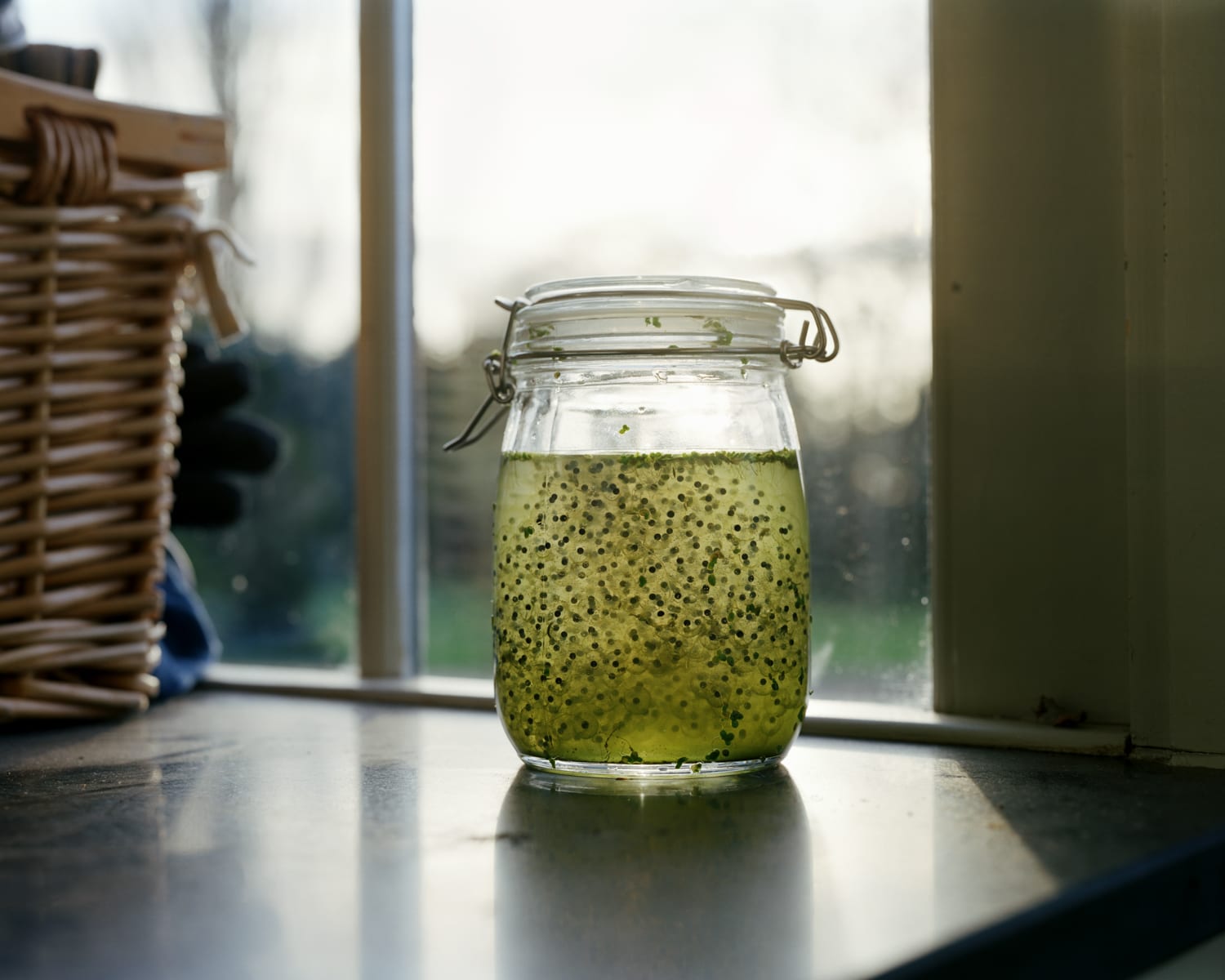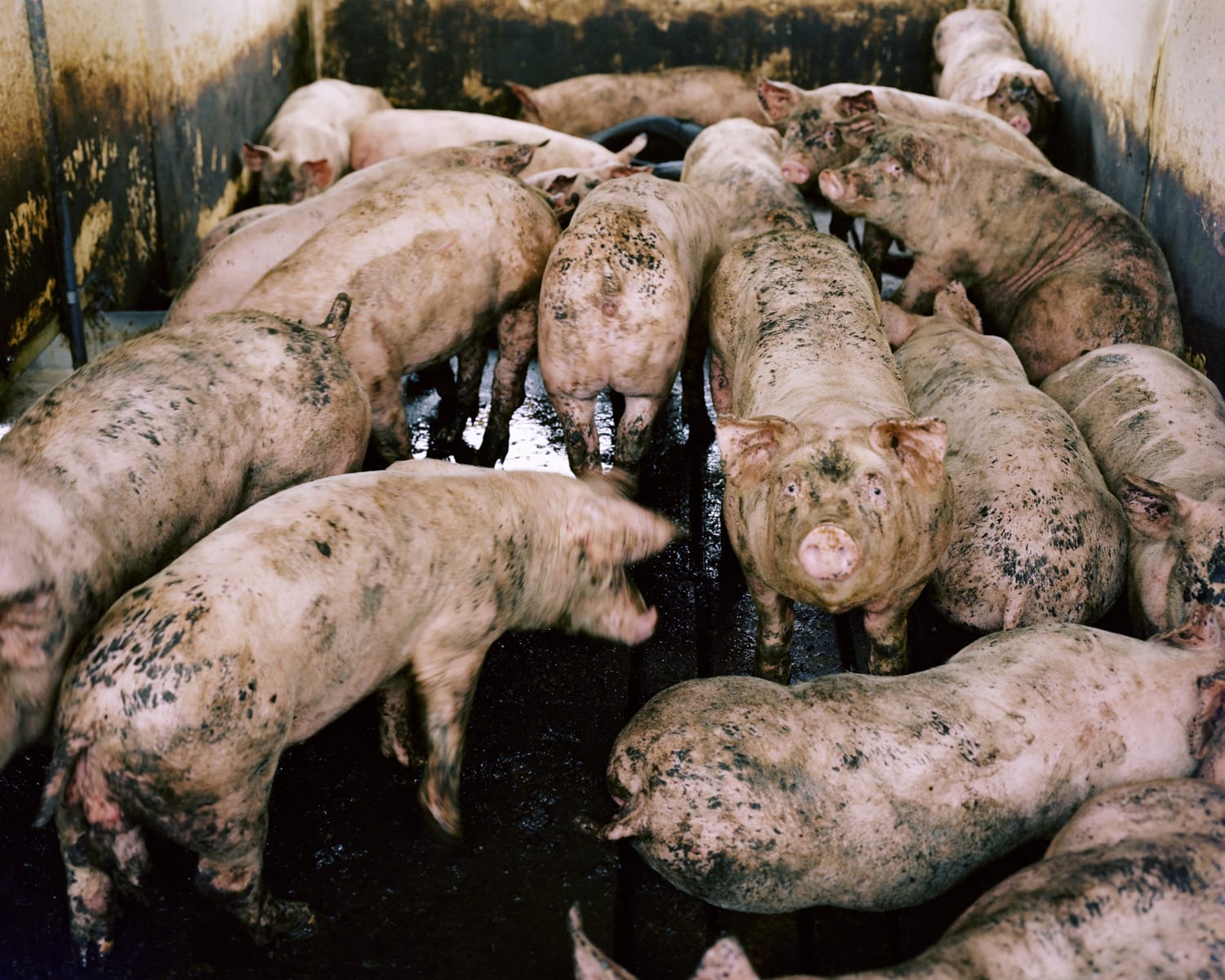It took Andy Sewell five years to photograph the fragment of green that is Hampstead Heath, and given that its “ancient trees, tall grass and thickets dense enough to get lost in” cover just a couple of square miles, it was some investigation. For this British photographer, endgame is long in the forging. Instead, he begins with “an attraction; something I feel confused about, and making the work is the process of finding some coherence within that”.
For his latest undertaking, he has set about unravelling the myths, histories and impressions encircling the English countryside. Once again the venture took five years, and once again it will be published initially as a special edition book – an approach that worked well with The Heath, which won the International Photobook Award in 2012 and plaudits from both Martin Parr and Robert Adams, the latter stating that it had rekindled his dwindling faith in photography.
Both bodies of work engage with landscape, but where grand, sweeping views might have been an obvious source of inspiration, Sewell hones in on the particular. Via still lifes, portraits of people and what I can only describe as portraits of the act of observation, Something Like a Nest plays out as a series of intensely concentrated impressions that rewards, indeed encourages, a slow, measured drinking-in.
“One of the things I love about photography is that it offers the opportunity to move slowly and look closely at what’s in front of me,” he says. “If I were to have a philosophy, it wouldn’t be one based on the world having inherent meaning, it would be based on us creating meaning through our attention and the connections we make with things, people and places.”
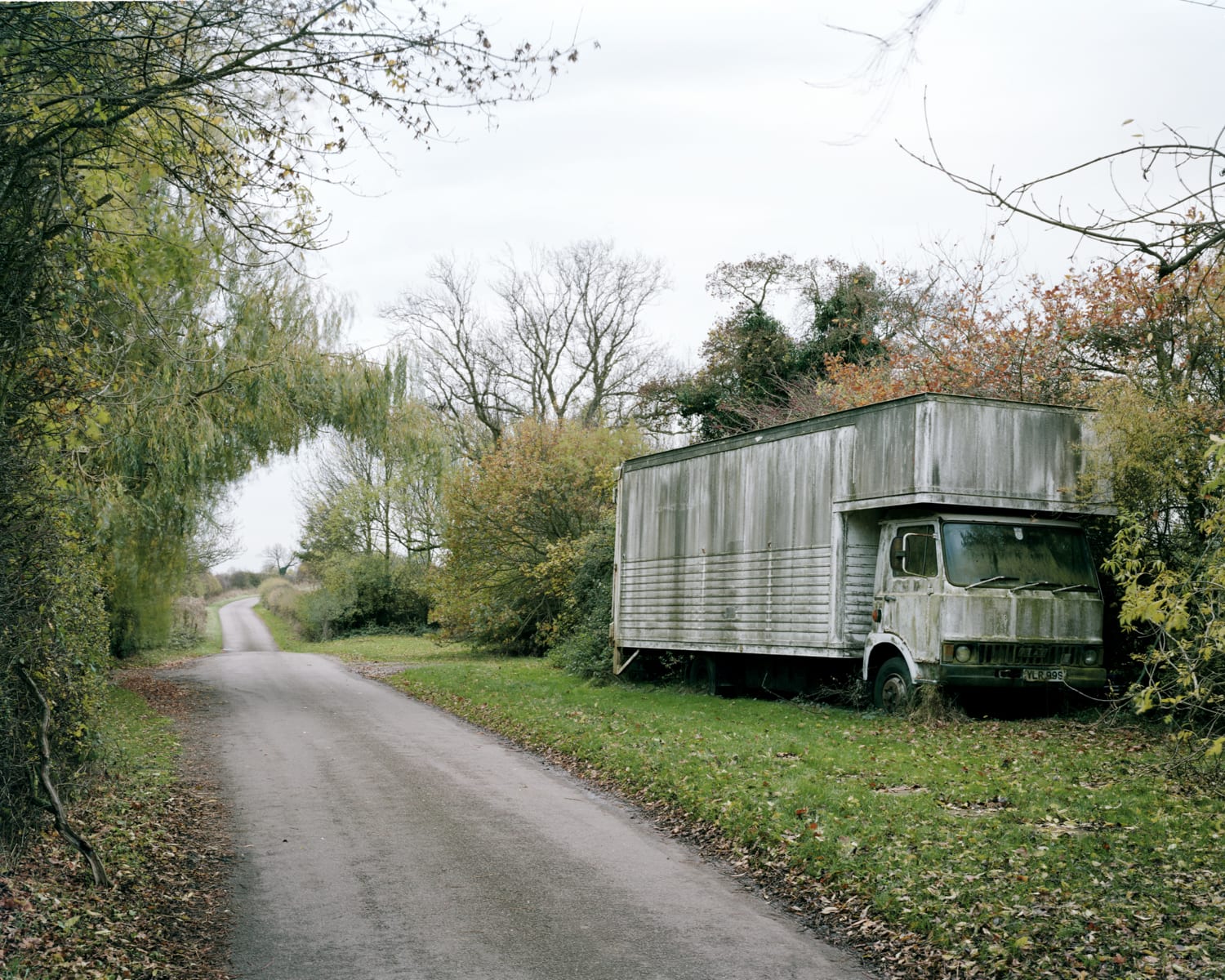
The project began for Sewell with a handful of medium format images he took in food factories, which were “fine, but most of the images felt like things I already knew”, he admits. “I recognised what I was actually interested in was not factory farming or industrial food production, but more the idea of the countryside itself, in which factory farming plays a part.”
For Sewell, the English countryside seemed as much an airy, shape-shifting construct as a physical entity, often thought of in a particular, bucolic way, but as connected to 21st century global capitalism as anywhere else. So although he didn’t start out with the idea of interrogating the pastoral tradition, he says, “Once I started making and thinking about the work, this became an obvious area to explore. The idea of the rural idyll, ‘escaping’ to the country, as if it were some kind of sanctuary, is still a potent image.”
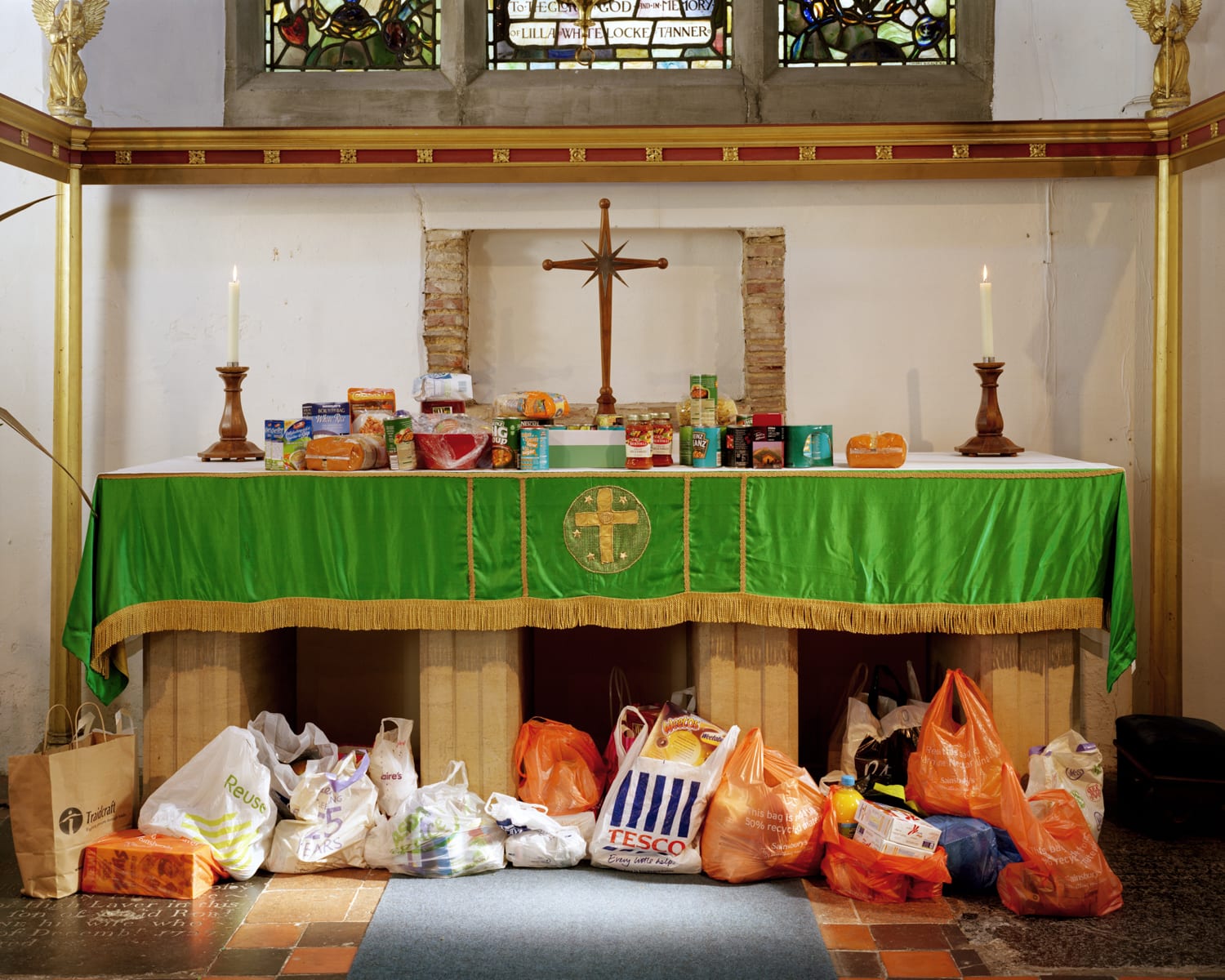
Sewell began tugging these loose threads into coherent form by picking villages at random and driving towards them. He started with names he liked the sound of – Good Easter, Nasty – and names he recognised from TS Eliot’s Four Quartets – Little Gidding, Burnt Norton. He took a few photographs, this time in large format, came back, waited a day or so to get a clear sense of whether they were working, then set off again in pursuit of anything he felt warranted further attention.
“I keep that process of editing and thinking until the conceptualisation of work begins to feel less broad and as if it’s forming some sort of shape,” he says. “Then the process becomes much more like a list. I am looking for, say, roses or people killing things, and that shapes the journey.”
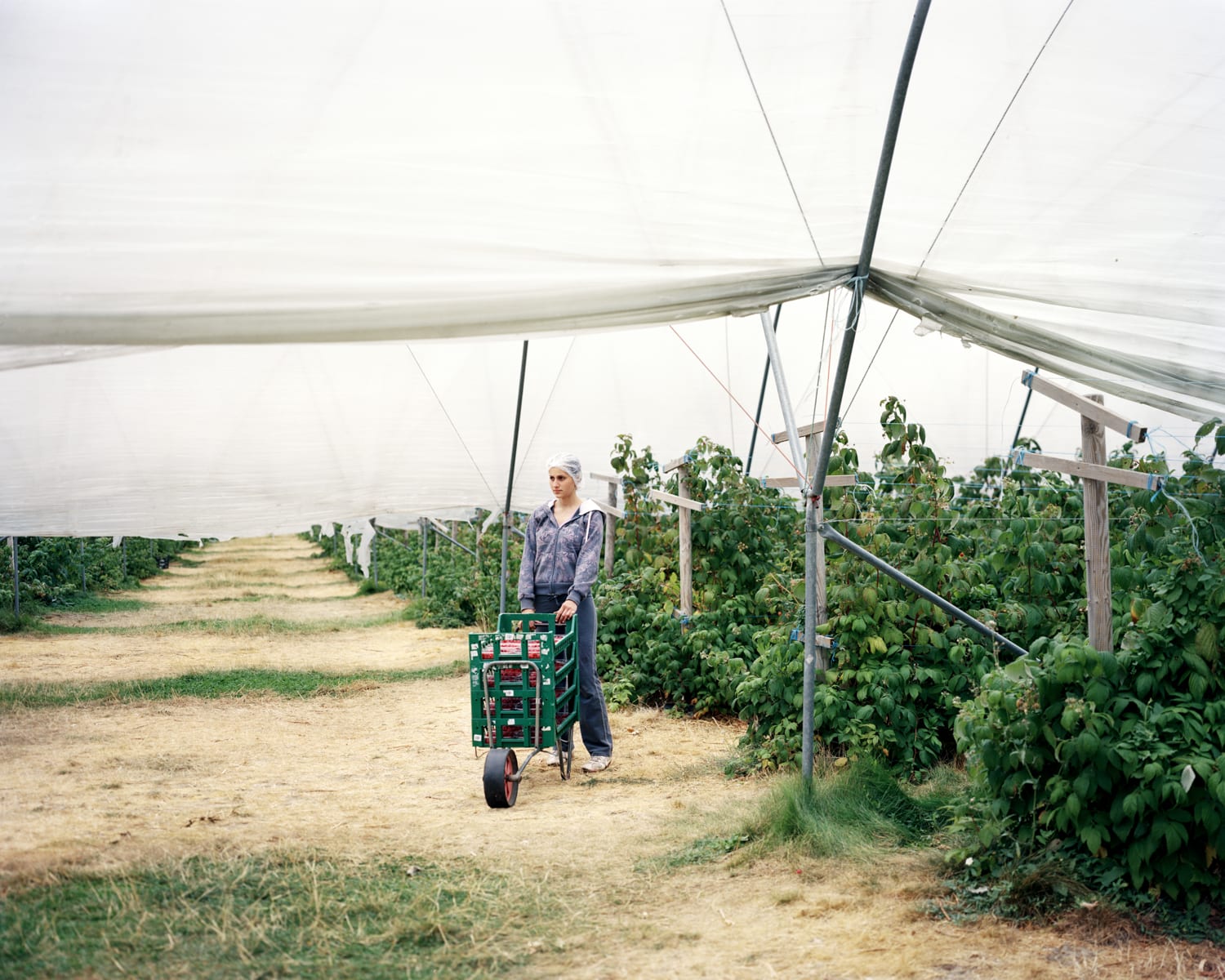 Once he felt things were coming together, he started to follow the M11 into East Anglia, “because it isn’t too obviously one specific region of the country”, and because it was convenient for his home in Hackney. He would drive until he saw something that made him want to stop.
Once he felt things were coming together, he started to follow the M11 into East Anglia, “because it isn’t too obviously one specific region of the country”, and because it was convenient for his home in Hackney. He would drive until he saw something that made him want to stop.
“The best way I can describe it is being broadly focused but very attentive,” he says. “It’s not a very efficient way of working because there are a lot of dead ends, but then there are surprises too.”
Find more of Andy’s work here.
First published in the February 2014 issue. You can buy the issue here.
© 2022 - 1854 MEDIA LTD

